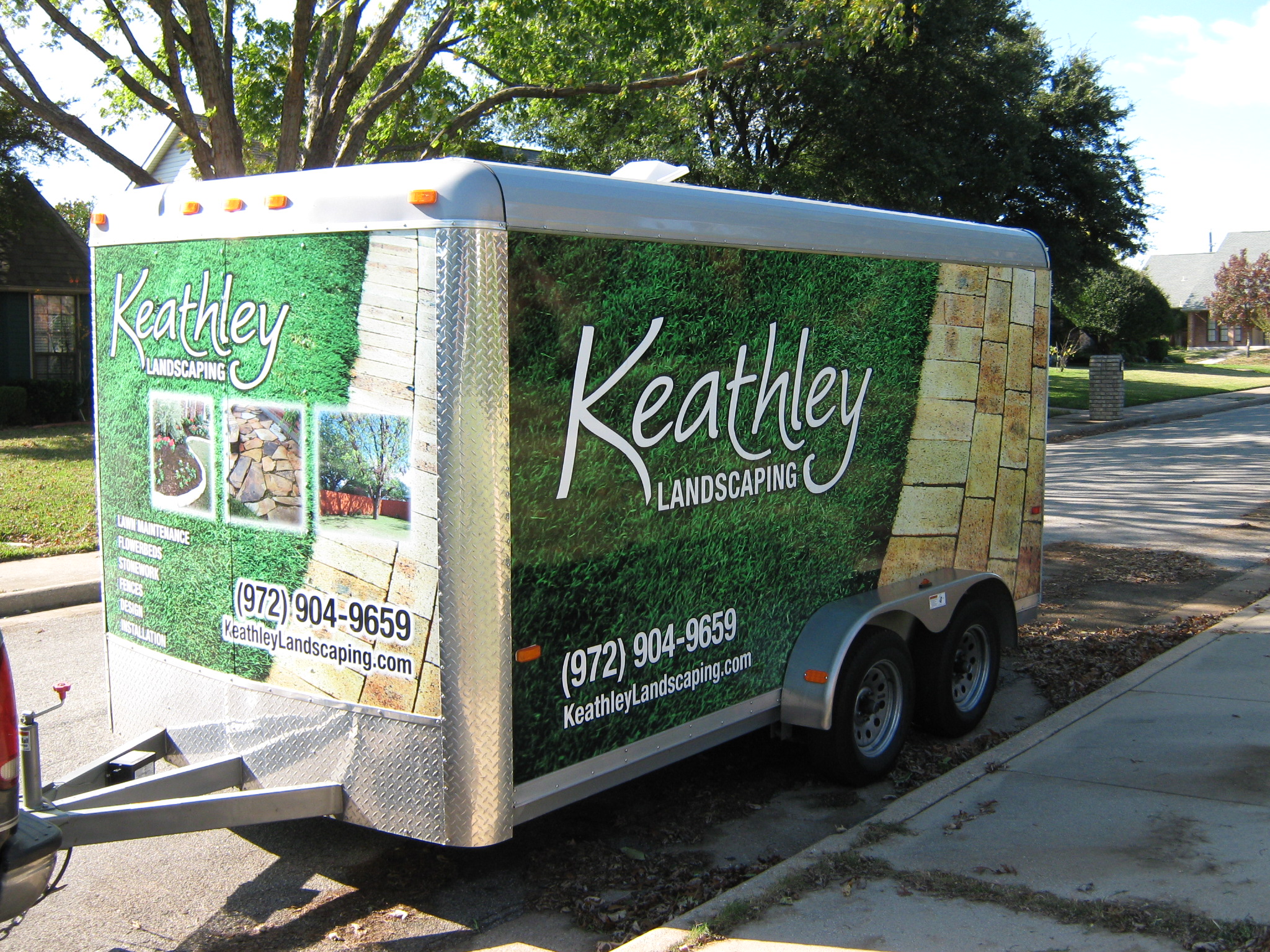Sod Installation: How to Choose the Right Grass Type for Your Region 🌱
Installing sod can transform your outdoor space into a lush, green paradise. But the key to a successful sod installation lies in choosing the right grass type for your specific region. Not sure where to start? Let’s dive into the world of sod and discover how to make the best choice for your lawn! 🌿
Table of Contents
1. Understanding Your Climate
2. Popular Grass Types for Different Regions
3. Considering Sunlight and Shade
4. Soil Preparation Tips
5. Conclusion
6. FAQ
Understanding Your Climate ☀️❄️
Before you start shopping for sod, it’s essential to understand the climate of your region. Do you live in a hot, dry area, or is your region cooler and more temperate? Different grass types thrive in different conditions, and choosing a variety that suits your climate will ensure a healthy, thriving lawn.
Popular Grass Types for Different Regions 🌾
Here’s a quick guide to some popular grass types and the regions they thrive in:
Warm-Season Grasses
These grasses love the heat and are perfect for southern regions.
– **Bermudagrass**: Great for sunny areas, drought-resistant, and a popular choice in the South.
– **Zoysiagrass**: Dense and lush, it handles heavy foot traffic well.
– **St. Augustinegrass**: Prefers the Gulf Coast’s humidity and provides a lovely blue-green color.
Cool-Season Grasses
These grasses are ideal for northern climates where temperatures are cooler.
– **Kentucky Bluegrass**: Known for its vibrant green color and excellent cold tolerance.
– **Perennial Ryegrass**: Rapid germination makes it perfect for quick patches or overseeding.
– **Fescue**: Adaptable and perfect for shady areas.
Considering Sunlight and Shade 🌤️🌳
Sunlight exposure is another critical factor in choosing the right grass. If your lawn gets full sun, warm-season grasses like Bermudagrass are a great fit. For shaded areas, consider varieties like Fescue, which can thrive without full sun. Assess your yard throughout the day to understand its sun and shade patterns.
Soil Preparation Tips 🛠️
Good soil preparation is just as important as choosing the right grass type. Here are some quick tips:
– **Test Your Soil**: Understanding the pH and nutrient levels will help you amend the soil properly.
– **Clear the Area**: Remove any debris, rocks, or old grass to create a clean slate.
– **Loosen the Soil**: A tiller or aerator can help break up compacted soil, allowing roots to establish easier.
Conclusion 🎉
Choosing the right grass type for your region doesn’t have to be daunting. By understanding your climate, sunlight exposure, and soil conditions, you can make an informed decision that will lead to a lush, vibrant lawn. Happy sodding! 😊
FAQ ❓
1. How do I know which grass type is best for my region?
Start by researching your climate zone and considering factors like sun exposure and soil type. Local garden centers can also provide expert advice!
2. Can I mix different grass types in one lawn?
Yes, mixing grass types can be beneficial, especially if your lawn has varying sun and shade conditions. Just ensure they are compatible and suited to your region.
3. How long should I wait to mow new sod?
Wait about two weeks or until the grass reaches 3-4 inches high. Ensure the sod has rooted well before the first mow to avoid damage.
4. How often should I water my new sod?
New sod should be watered daily for the first two weeks. Gradually reduce frequency as the grass establishes, ensuring deep watering sessions.



































Recent Comments